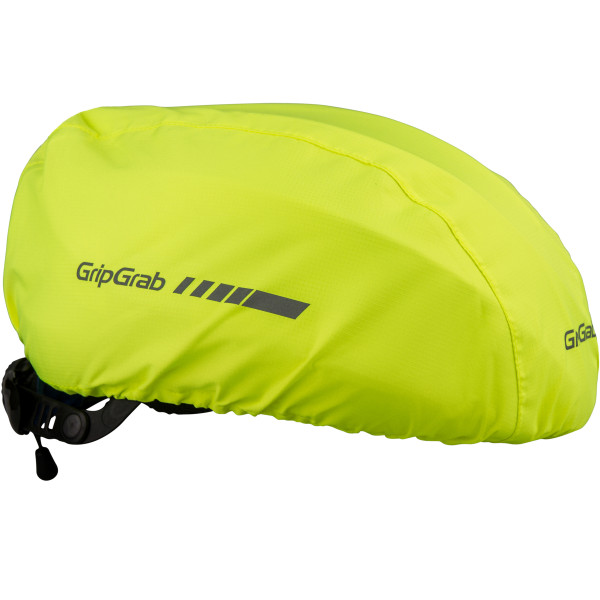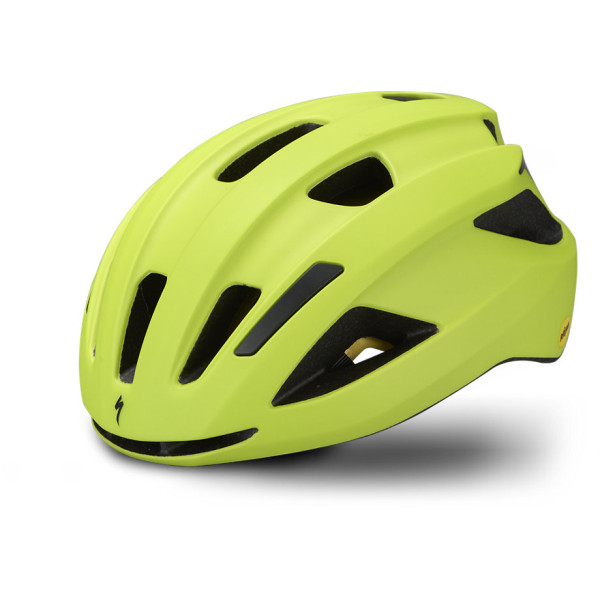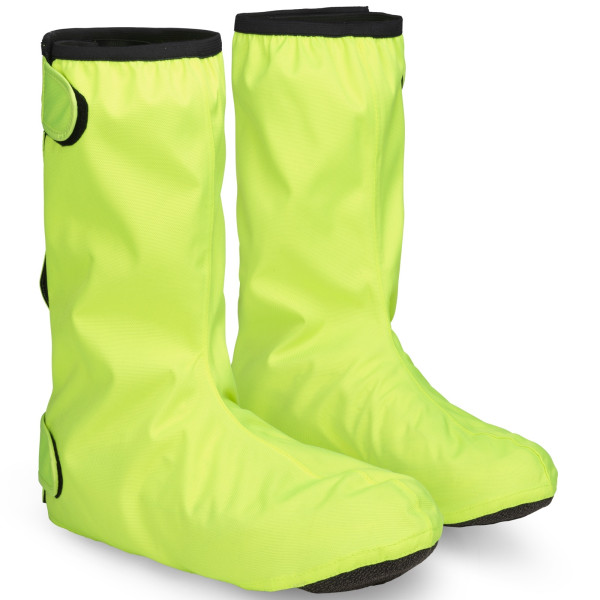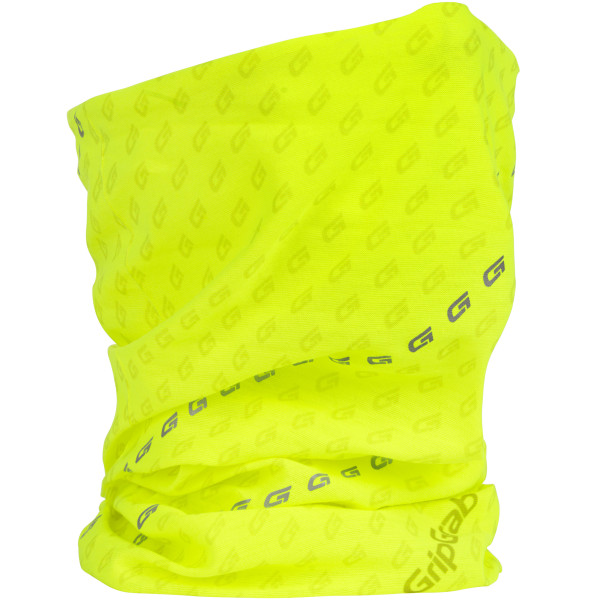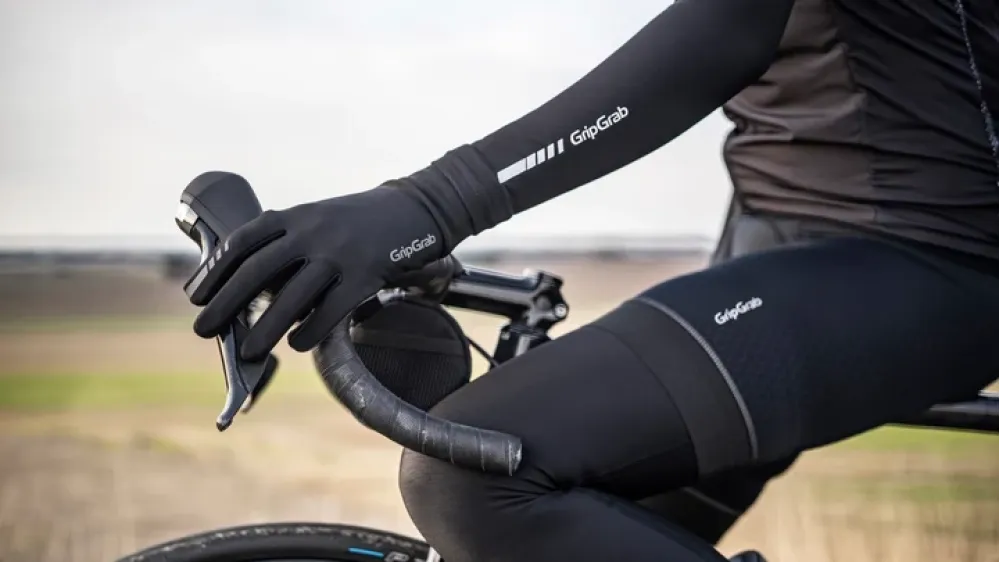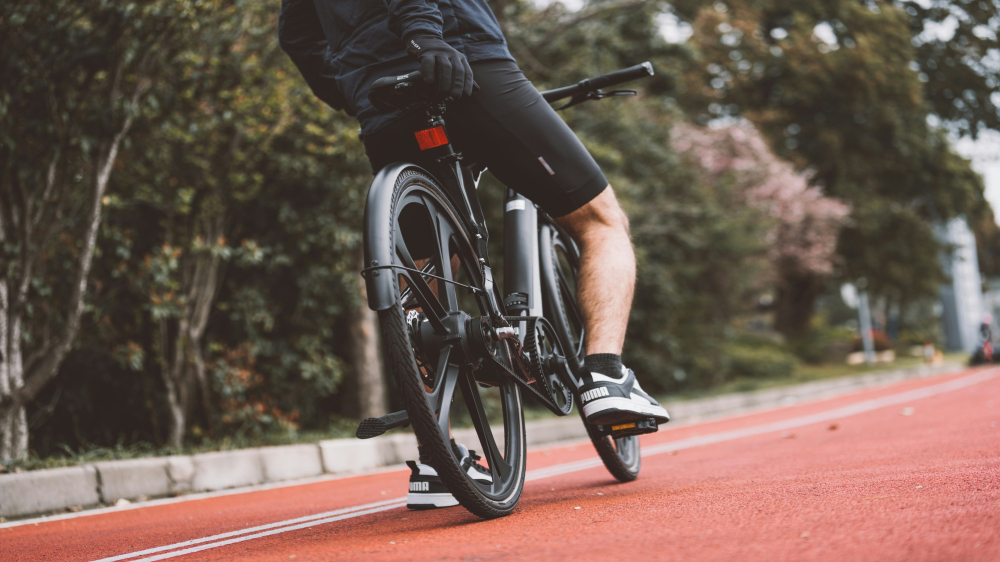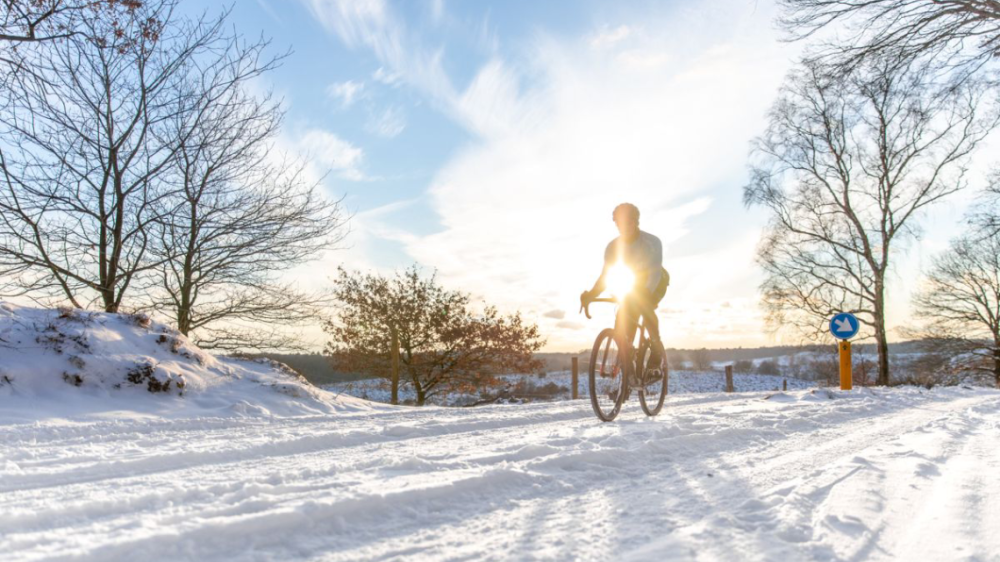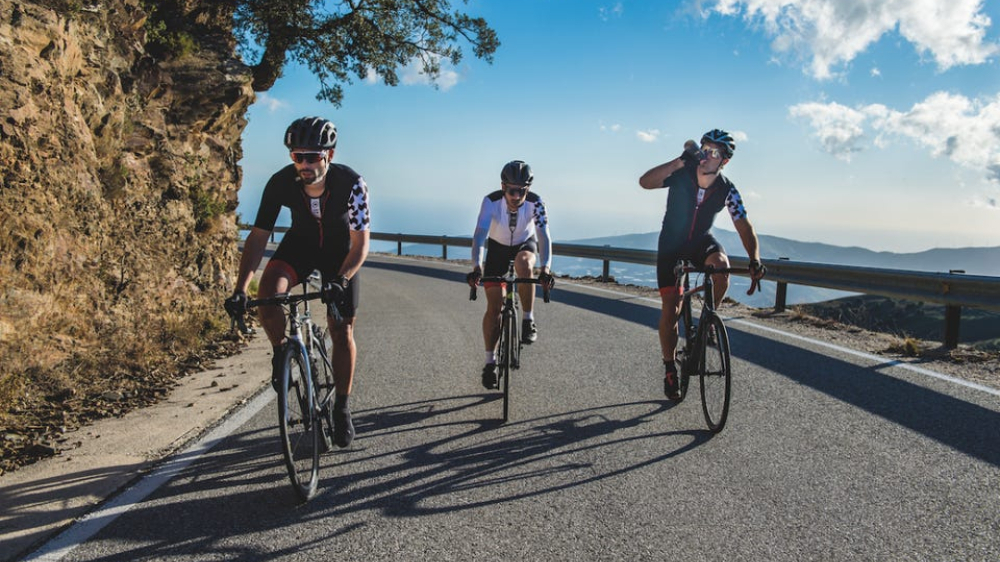For most people, poor visibility is associated with extreme conditions, dark nights, and poorly lit roads, but that's not entirely true. Poor visibility isn't just about darkness; it can also include dusk, rain, fog, a cloudy day without rain, or snow if you're riding in winter. For some people commuting to and from work, riding in low visibility conditions is a necessity, while for others, it's simply an adventure.
Such journeys often come with risks, but with the right safety measures, they can become a unique experience – the fresh scent of rain and ozone, the darkness of the night, deserted streets, the feeling of speed and freedom, or that wonderful moment when you can admire the sunset while cycling.
To ensure maximum safety while riding in low visibility conditions, it's important to have the following – lights, reflectors, protective glasses, and appropriate cycling clothing that is usually reflective.
Lights – to See and Be Seen
When cycling, it is mandatory to have a white (or light yellow) front light, a red rear light, and at least 2 yellow reflectors on each wheel or reflective spokes. Lights must be clean. Sometimes cyclists forget to clean them or, worse, forget to turn them on. Lights should ALWAYS be on, even during the day. During the day, you can ride with the flashing mode on – you'll be more visible and save battery life.
If you are riding on well-lit city streets at night, a 100 – 300 lumens light is sufficient. This is enough to be noticed by other road users.
If you are riding in the dark countryside, the light must perform two functions – to make you visible and to see the road yourself. Depending on where you are riding and how dark the night is, you may need a light with a power range of 400 to 700 lumens. The rear light power ranges from 20 to 100 lumens accordingly.
The faster you ride, the more powerful the light should be – the higher the speed, the less time you have to react when you see a pothole, a fallen tree, or any other obstacle. With brighter light, you give yourself more time and space for maneuvers to avoid obstacles. When riding with powerful lights, don't forget to adjust them properly – the lights should illuminate the road in front of you, not blind oncoming drivers. This is important – a driver blinded by the light might not see you.
Note that some lights are concentrated to illuminate as far as possible, while others are designed to illuminate a larger area. Evaluate the roads you ride and choose what best suits your needs.
Buy bike lights with rechargeable batteries. If you plan to ride in the dark, check the battery charge level before heading out to ensure you won't be left in the dark. If you need to stop, carry a simple handheld flashlight.
What to do if you are riding in the rain, fog, or at dawn or dusk? It isn't dark outside, but visibility isn't great. In this case, choose the flashing mode – a flashing light catches the attention of others more effectively, even when it's relatively light outside.
Reflectors – How to Choose to Be Most Effective?
Reflectors significantly increase your visibility on the road. Below, you see two cyclists – one with reflectors, the other without. The results speak for themselves. In one case, we see an undefined light source, while in the other, there is no doubt – a person is riding a bike.
How to choose reflectors to be most effective? More does not mean better. Remember a few rules.
- First, you need to be visible from all sides – front, back, left, and right – from any direction a car might come from.
- Second, choose reflectors that highlight your silhouette and movements – such as reflective helmets, shoes, and reflectors on cuffs.
- Third, reflectors on wrists are particularly important – other road users will see when you signal a turn with your hand.
A cyclist looks ahead and, consciously or not, thinks that all interactions are possible only with oncoming traffic. However, most accidents occur at intersections. Therefore, make sure you are visible from the side – reflective tires are ideal for this, making you impossible to miss.
Protective Glasses – Needed in the Dark and at Dusk
When riding at night, remember that cyclists need glasses. They protect not only from sunlight but also from wind, dust, and insects. Any foreign object entering your eyes forces you to close them for a moment, which poses a safety risk.
If you ride at dusk or dawn, choose photochromic glasses – their lenses automatically adjust to the light level. The brighter it is outside, the darker the glasses become, and vice versa. You won't have to stop, remove or change glasses/lenses, or squint while riding.
If you ride in the rain or fog, "Nordic light" glasses are perfect for you. Their lenses filter colors and eliminate intermediate shades between blue and green, yellow and red. This enhances contrasts and makes the view sharper.
How to Choose the Right Clothing?
And a simple, time-tested, but often forgotten advice – wear bright, vivid colors – you will be much more visible and noticeable.
No gray, black, wet asphalt colors, or camouflage fabric clothing. You are not on a reconnaissance mission. Your goal is to be seen from afar. Cycling, especially at night, is the time when you can dress in bright, eccentric colors – you won't be judged or accused of poor taste.
Make sure your clothing and accessories have reflectors.
Last but not least – a Few Additional but Equally Important Tips
If you decide to ride at night, choose known and tested routes. On an unfamiliar road, unexpected obstacles can always appear – a simple pothole can cause a lot of trouble. Ride on roads where you know every turn and obstacle.
Ensure your safety – with lights, reflectors, glasses, appropriate clothing – and enjoy the ride.

-1000x562.png)

